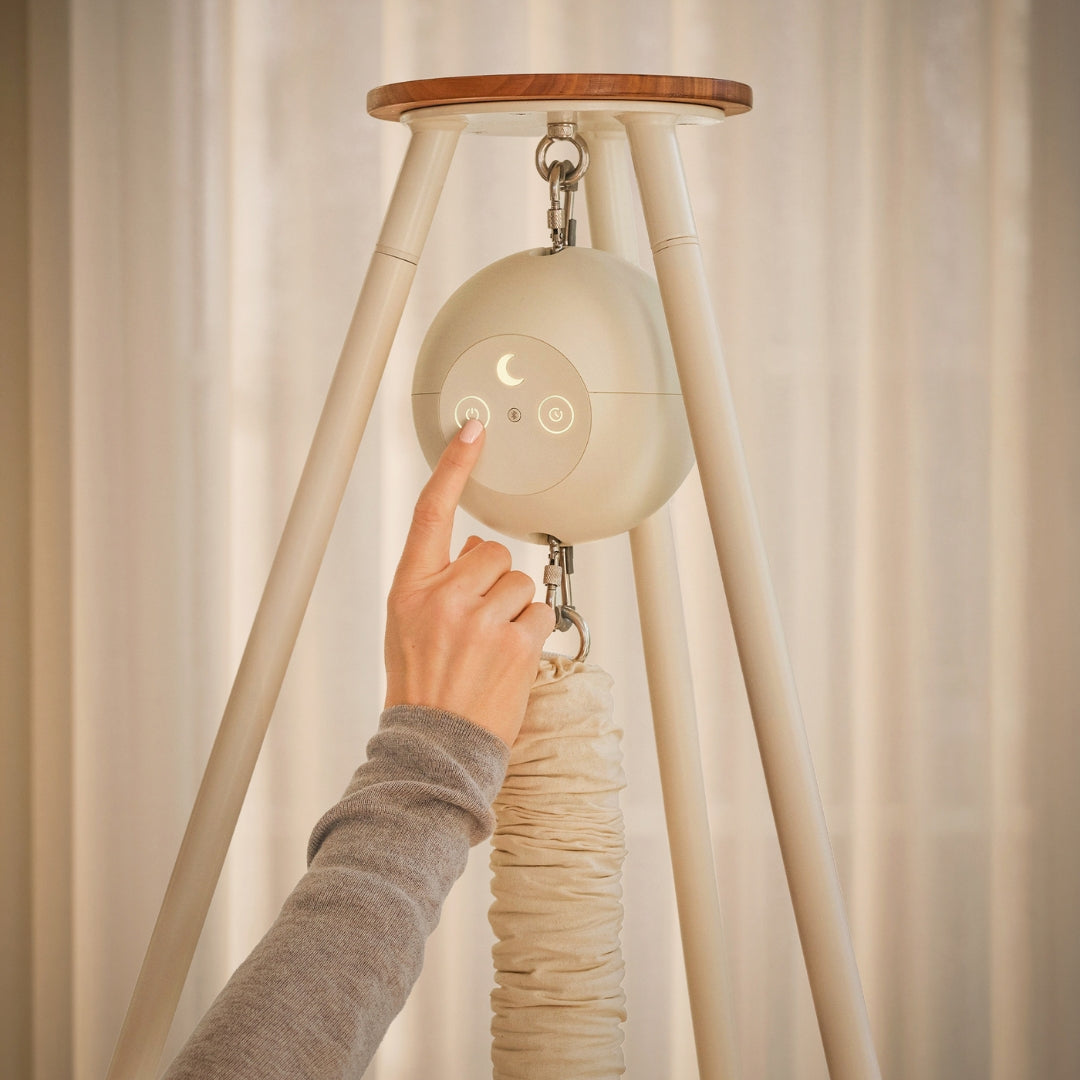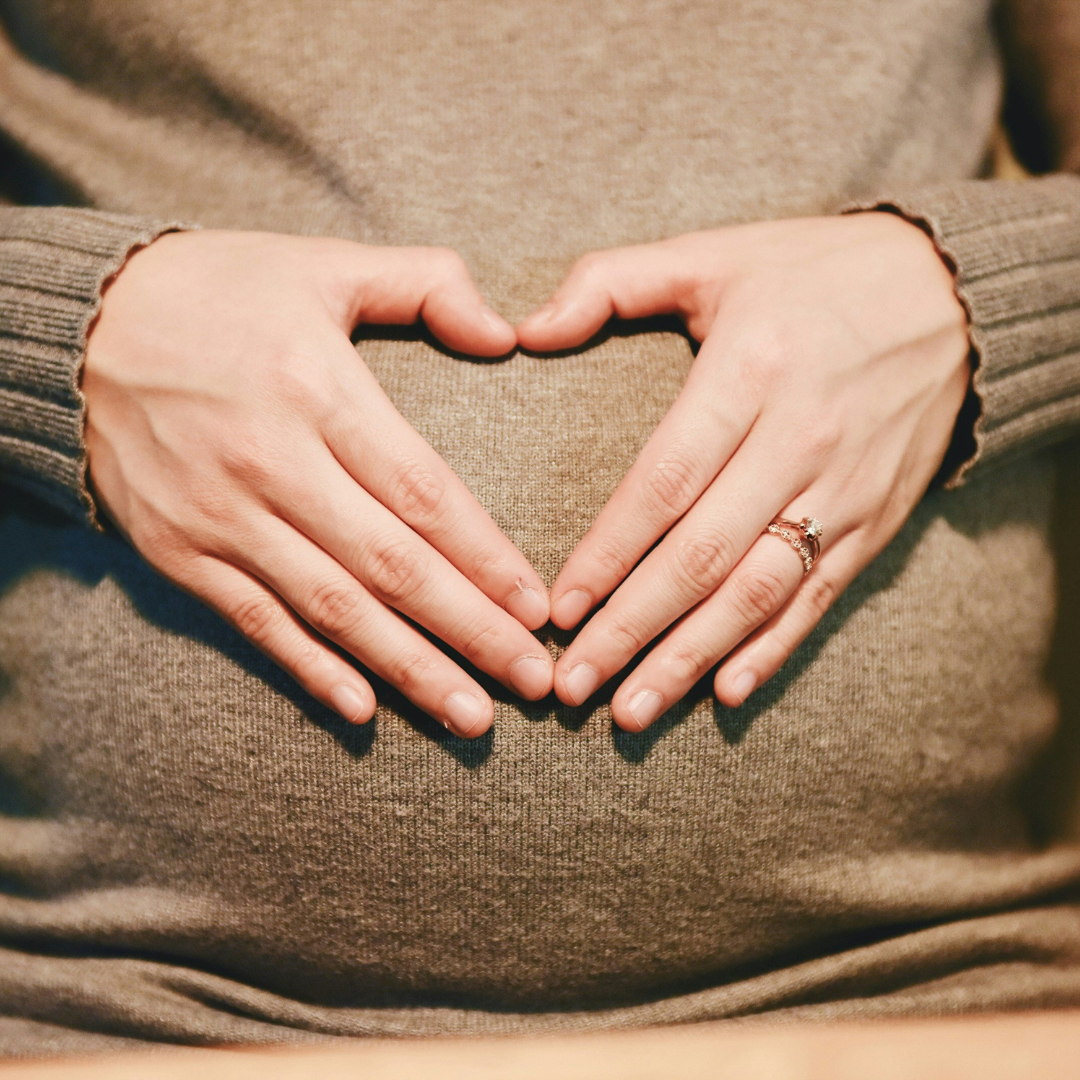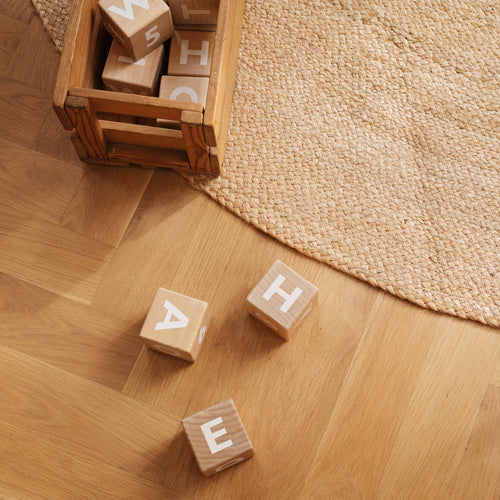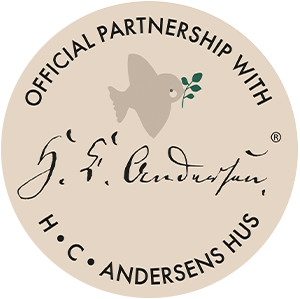
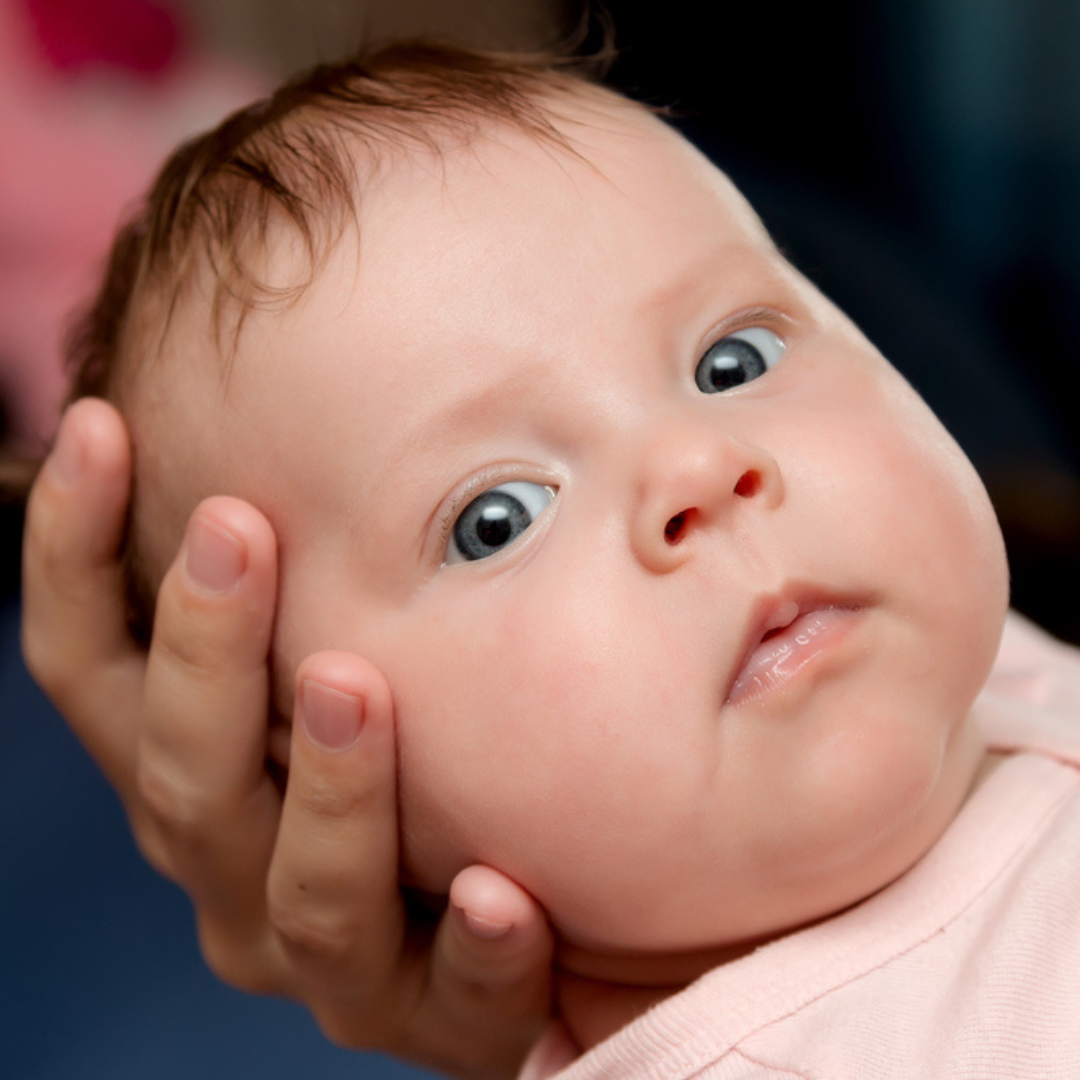
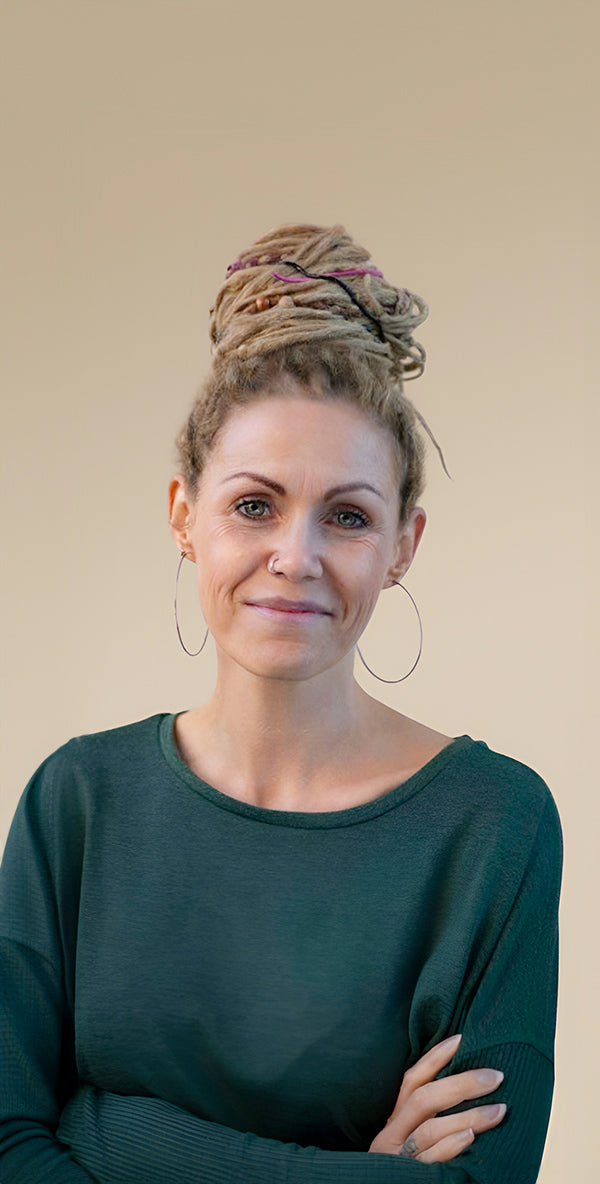
Your baby is running a fever
The forehead is warm, the cheeks are red and the eyes are glassy. Your baby is running a fever, perhaps even for the very first time. Some children are lethargic and weakly whereas some display normal behaviour, even with a raging fever. The difference in behaviour varies greatly among children - and also depends on whether the fever is accompanied by other illness or discomfort.
But what can you actually do to help your little hot bundle of joy feel better? Can your baby sleep outdoors when feverish? And what things do you need to take a closer look at in order to assess whether you should pay the doctor a visit, or maybe even call a doctor from the emergency service?
Doctor Elise Stjernholm, together with sleep and breastfeeding counsellor Mia Bernscherer Bjørnfort from Sovende Børn, will try to guide us through this topic.
NB: The advice in this article does not replace seeking medical attention from your own physician. If you have the slightest doubt about your child's condition, we recommend that you contact your doctor for an assessment of your particular situation.
When does your baby have a fever?
Babies and toddlers have a fever when they have a temperature above 38°C measured with a thermometer in the rectum. Many families use other types of thermometers such as a forehead thermometer or an ear thermometer. Some also measure their child's temperature by mouth.
Such methods may be adequate to determine whether the child is running a fever, but these thermometers are not as reliable if your goal is to get an accurate temperature. This is why the doctor will often ask for the temperature measured in the rectum to get a reliable measurement.
Babies and toddlers have a fever when they have a temperature above 38°C measured with a thermometer in the rectum. Many families use other types of thermometers such as a forehead thermometer or an ear thermometer. Some also measure their child's temperature by mouth.
Such methods may be adequate to determine whether the child is running a fever, but these thermometers are not as reliable if your goal is to get an accurate temperature. This is why the doctor will often ask for the temperature measured in the rectum to get a reliable measurement.

Why do babies get a fever?
In infants, fever is in the vast majority of cases a normal and appropriate response to an infection. Often, it is a harmless viral infection.
The body's built-in defences against viruses and bacteria are activated when it comes into contact with the viruses and bacteria themselves, and this is what we commonly refer to as the immune system. The immune system works most effectively at temperatures between 38 and 39 degrees, which means that a fever is the body's own defence system and basically a harmless aid offered to the child.
Fever is quite common in babies, both with and without other signs of illness, and a frequent cause of a visit to the doctor's office. Children are not able to regulate their temperature in the same stable way as adults. This is why children far more often get a high fever even when affected by completely harmless diseases, such as colds, whereas adults are less likely to get a fever in such cases.
This explains why the list of causes of fever in children is quite long.
How does it feel for a baby to have a fever?
Sometimes a baby may have a temperature of 39 or 40 and still toddle around and seem virtually unaffected. Other times, your baby may have a temperature of 38 and be visibly sad, napping on and off, and in need of an extra dose of loving care.
It all depends on the specific situation and the individual child's needs. A child who only has a fever will often be less affected than a child who, in addition to running a fever, also has a stuffy nose, coughs or has neck or ear pain.

How does your baby's fever impact sleep?
When a baby has a fever, some parents will find that their child nearly sleeps non-stop. The baby may be awake for a short period of time to get something to drink and maybe something to eat and then drift back to sleep – with some or close to no assistance.
Other babies have a very hard time falling asleep and may, for instance, have the need to be rocked for hours or sit upright while sleeping to stay asleep. Needless to say, this can be really hard on the parents. You may turn to, for example, a carrier, a baby hammock or bring the pram inside, so that your baby can be rocked and wheeled back and forth constantly.
What can you do to help your feverish baby?
In the blog posts, SLEEP SUPPORT: HELP YOUR CHILD FALL ASLEEP and WHAT IS NORMAL BABY SLEEP? we have described several forms of support that help soothe the child and help them fall asleep, including explanations as to how and why the different kinds of support are helpful.
Some of the general things you can try to help your child fall asleep include:
- Walking around with your baby in your arms
- Rocking your baby, for example, in a baby hammock
- Singing or speaking softly to your baby, e.g., shushing gently
- Gently padding or caressing the baby's little, nappy-clad bottom
- Establishing eye contact and speaking softly until the baby has established contact with you
- Offering the baby breastfeeding or a bottle
(NB: A baby who is exclusively breastfed does NOT need extra fluid when they have a fever; breast milk contains approximately 90% water as well as important antibodies. After an introduction to solid foods, breast milk is still preferable to water, especially in case of fever and other illnesses.) - Offering body contact, possibly skin-to-skin, and caressing the baby
- Moving from the room you are in, for example, walking outside, and change your surroundings to create some novelty for your baby. This can be beneficial to both the baby and yourself – and offer your baby new stimuli to take in.
The same things that generally help with sleep will, for many, also help when the baby has a fever – even during waking hours with fever. If your baby seems affected and shows signs of needing it, that is. If your baby is crawling and playing on the floor, there is absolutely no need to change the scenery.
When the baby has a fever, however, there are a few extra things to be aware of:
- Fluid, fluid, fluid: A breastfed baby should continue breastfeeding for as long as possible. Basically, it is not necessary to offer your baby water/fluid in addition to breast milk without instruction from your doctor since breast milk consists of 80% water. Babies aged 6 months and younger should not receive anything other than breast milk/formula without instruction from your doctor.
- Ice lollies can be an easy way to get fluid into a baby aged 6 months and older who otherwise will not really drink anything.
- The baby is already hot, but the fever can give them a feeling of freezing or an almost "burning" sensation on the skin. As a result, the baby may both show signs of needing to be tucked in under the duvet or find it uncomfortable to have something touching their skin.
-
Some children are so poorly that painkillers (Paracetamol) can be used as they cause the fever to drop a bit as well. Remember, however, that the fever serves a purpose in the child's own fight against the illness, so it is important to weigh this purpose against the potential use of medication.
NB: Talk to your doctor before giving children under 2 years of age any medication.
Please note: When a baby has a fever, the baby can get really sick in a very short amount of time. Even if the baby otherwise seems to be in good health. This is why it is important to check on the baby often when sleeping, especially at night. If possible, it may be a good idea to sleep in the same room as the baby. Alternatively, you can opt for a baby monitor, at the same time as frequently checking on the baby's condition.
Did you know that your own naked body can help your feverish baby?
Funny unknown fact: adults' naked chests can help regulate babies' temperature – even when they have a fever. The chest will simply warm up a cold baby or cool a hot baby down if the baby is placed skin-to-skin, which is called "thermal synchrony".
What's even more surprising is the fact that it also works with twins who are both placed on the chest of the same parent. Having one baby on each side of your chest helps the chest adapt to the needs of the specific baby.
In addition, skin-to-skin contact also releases large amounts of the hormone oxytocin, which is soothing for both children and adults alike.
Should a child with a fever nap outside?
As a rule, there is nothing to indicate that children shouldn't sleep outside when running a fever. However, it can be difficult to determine the right amount of clothing and "wrapping" in, for example, a pram if the child has a fever. If the child sleeps inside, it may be easier for you to check on your child frequently and check whether they need to have the duvet moved or perhaps wear less clothing.
When is the right time to call the doctor when your baby has a fever?
It can be difficult to know when there is reason to have your child seen by a doctor. Babies under 6 months old should be seen by the doctor for a fever over 38.5, regardless of how the child otherwise feels.
A general rule for children of all ages is easy to remember: Call the doctor if you are feeling uneasy and need the doctor to examine your child.
It is perfectly okay to need that extra reassurance – even though you are well aware that it is most likely a completely harmless disease. You are not "a nuisance" just because you are feeling unsure as to how your little one is doing – a doctor's visit may just be what it takes for you to regain your calm and provide the necessary care of your little bundle of joy.
In addition, a child can easily have a fever without being "really" ill – and it can also be ill without having a fever.

The patient handbook Sundhed.dk writes as follows:
“The most important thing is to monitor how the child is feeling in general. However, you should contact your doctor if you measure a temperature above 38.5 in children under 3 months where the temperature does not drop even if, for example, you undress the child.”
In the vast majority of cases, it is not the fever itself that gives rise to seeing the doctor, but more a concern for how the baby is feeling overall.
Things to look for:
- Is your child drinking – or eating from your breast or a bottle?
- Are your baby's nappies wet?
- Are you able to establish contact with your child even for just a little while?
- Is the child able to use their body, even though it is clearly weakened?
If your answer to all of these questions is yes, then your baby is in all probability okay – for a feverish baby, of course. If your baby has had a fever for more than 3 days, it is a good idea to have them checked by the doctor, regardless.
If, on the other hand, you have a baby who does not urinate at all as he or she usually does (the nappies have very little urine in them), does not want/cannot breastfeed or drink from a bottle and/or does not drink – or has a completely limp body and refuses to even talk a little, then it is time to get hold of the doctor that same day.
The younger your child is, the faster he or she will become dehydrated if they are not drinking enough, so this is where the doctor from the emergency service may come into play if you are trying to reach a medical professional outside of your own doctor's opening hours.
Please keep in mind that you are not being a nuisance. You are responding to your child's obvious discomfort, so it is better to have your child checked ten times just to be reassured that everything is fine than to miss any important signs that need to be addressed immediately.
Urgent need for a doctor in case of fever:
In some cases, it is important to contact a doctor or emergency doctor immediately. If the child is failing to engage in even a low level of contact and shows signs of an affected level of consciousness, has seizures, neck stiffness or bleeding in the skin.
(Source: https://www.sundhed.dk/borger/patienthaandbogen/boern/symptomer/feber-hos-smaaboern/)
Læger Formidler has created a great illustration that shows you what to look for. It can be found here https://www.laegerformidler.dk/safe-cirklen-2/.
Summary
- Infants and young children have a fever when they have a temperature above 38 °C measured in the rectum.
- In infants, fever is in the vast majority of cases a normal and appropriate response to an infection.
- Sometimes a baby may have a temperature of 39 or 40 and still toddle around and seem virtually unaffected. Other times, your baby may have a temperature of 38 and be visibly sad, feeling comfortable only when in your arms and napping on and off.
- When a baby has a fever, some parents will find that the baby does almost nothing but sleep. Other babies have a very hard time falling asleep and may, for instance, have the need to be rocked for hours or sit upright while sleeping to stay asleep.
- In the vast majority of cases, it is not the fever itself that gives rise to seeing the doctor, but more a concern for how the baby is feeling overall.
- Babies under 3 months old should be seen by the doctor for a fever over 38.5, regardless of how the child otherwise feels.
- Contact your doctor immediately if your child is failing to engage in even a low level of contact and shows signs of an affected level of consciousness, has seizures, neck stiffness or skin bleeding.


